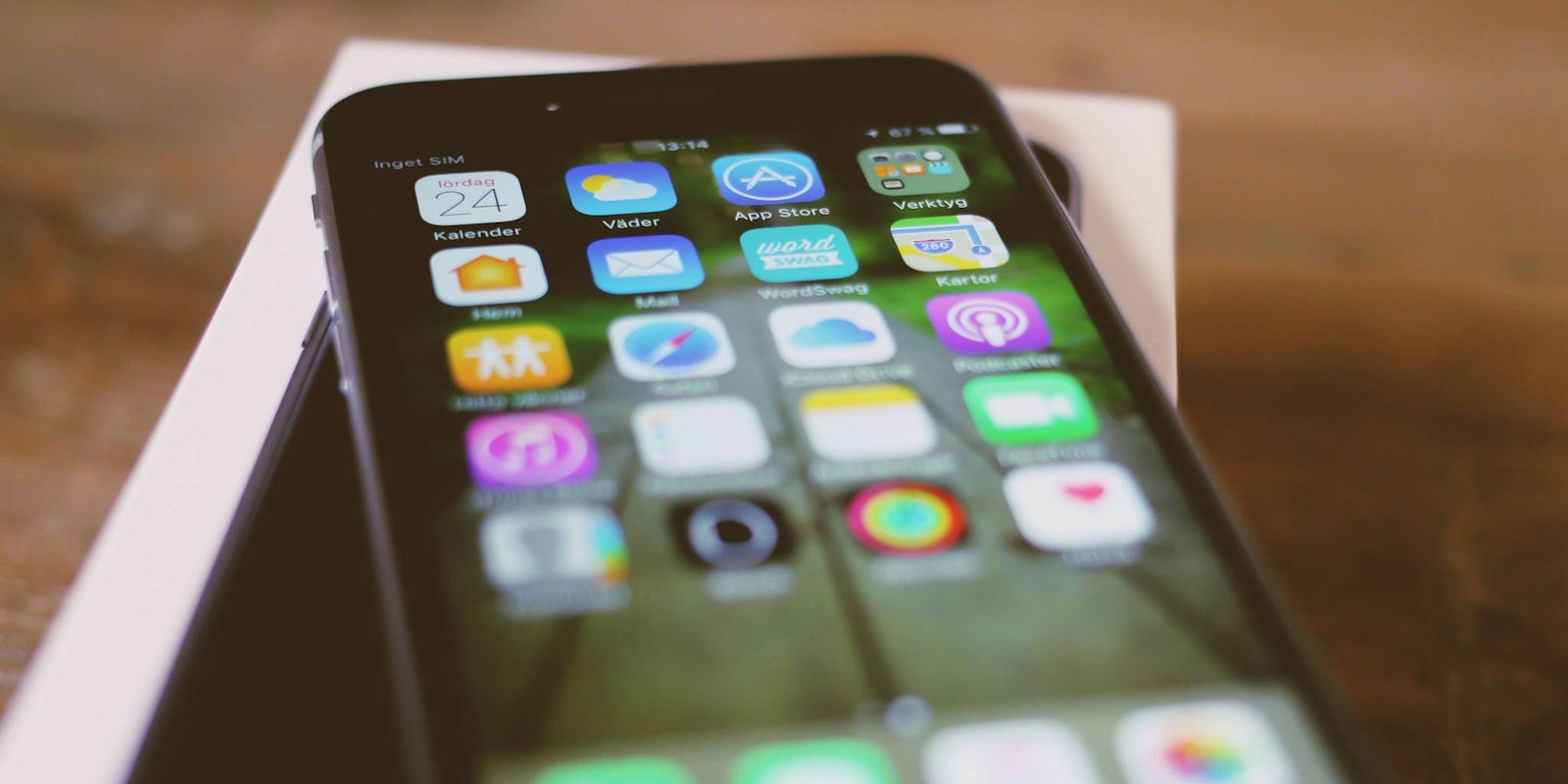If you’re an iPhone owner, that smartphone in your pocket is pumping out twice the amount of radiation as its Samsung brethren, according to new data out of South Korea.
The figures, which show Apple products greatly outpacing Samsung’s in terms of radiation SAR (specific absorption rate), were presented Tuesday at a committee hearing. The ongoing study was conducted by the country’s National Radio Research Agency.
According to the state-funded report, the average radiation SAR for Apple’s smartphone was measured at 1.166 watts per kilogram. By contrast, Samsung’s most recently launched devices were found to be emitting a much lower 0.517 W/kg.
The FCC explains SAR values thusly:
SAR is a measure of the rate of RF (radiofrequency) energy absorption by the body from the source being measured – in this case, a cell phone. SAR provides a straightforward means for measuring the RF exposure characteristics of cell phones to ensure that they are within the safety guidelines set by the FCC.
In both the United States and South Korea, the SAR limit for devices is 1.6 W/kg.
In South Korea, which breaks up SAR measurements into categories based on safety, all of Samsung’s products received the safest possible SAR rating of tier 1. Several of Apple’s devices, as well as many from LG landed in tier 2.
The FCC believes that anything less than a SAR of 1.6 W/kg is perfectly safe, but also notes that there are still many questions regarding how radiation from personal electronics could affect us in the long term:
Those evaluating the potential risks of using wireless devices agree that more and longer-term studies should explore whether there is a better basis for RF safety standards than is currently used. The FCC closely monitors all of these study results. However, at this time, there is no basis on which to establish a different safety threshold than our current requirements.
If you own an iPhone, there’s certainly no reason to panic, but it’s worth being aware of just how safe your device is, or isn’t, as far as current scientific understanding goes.
H/T ZDNet


